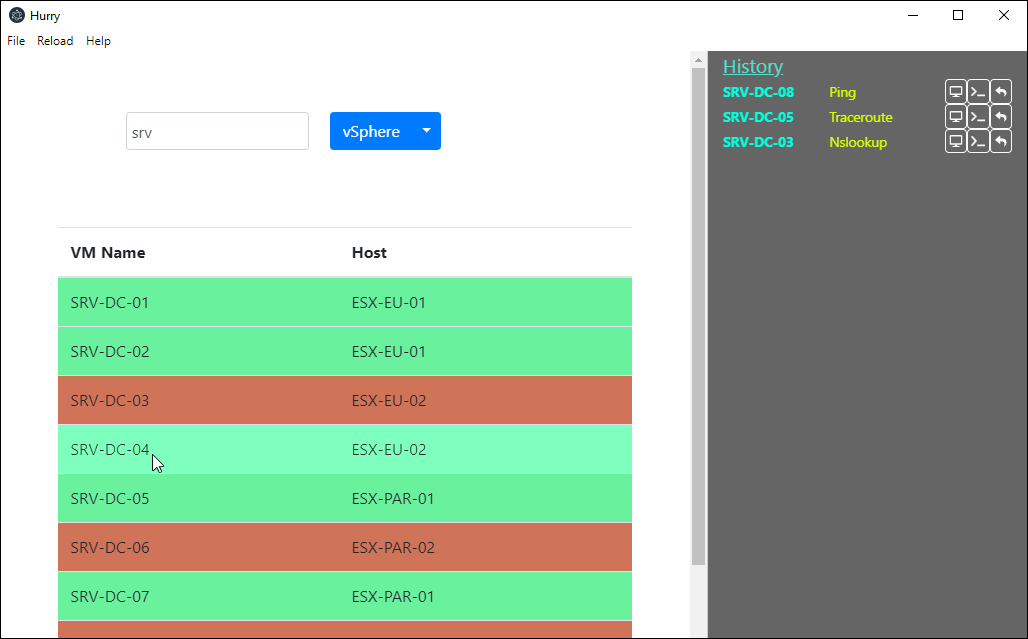
In all examples, I just use regular names for our aliases but it's also a common practice is adding a prefix (a character before) to them. Usually, you'll find the answer in one of the top 3 results. My suggestion for you to figure this out is: always search at Google for import alias.
Resolve aliases jest test webpack how to#
I tried to focus on the most common tools we use independently a specific framework but each one can have some specificities on how to extend or do this in an easy way. If we want to let VSCode aware of how to suggest these modules, we need to create a file called jsconfig.json (in root level), which it's a JavaScript version of tsconfig.json and also declare those alias there: When you just configure alias in Babel, for example, you kinda lost that and that's sucks. If you use VSCode, you probably already notice that when you need to import something, because VSCode uses TS, and it does a lot of inference, usually it's possible either to automatically imports the method you're trying to use or have an autocompletion for the imports, right? Editor completionīefore we dive deep into the configs, let's talk about Developer Experience (DX). After that, you'll check how your project works and do all configurations needed to enable this feature into your project.
Resolve aliases jest test webpack plus#

Here some examples where this could be tricky: The more tooling you introduce in your application, the more complicated it becomes to get it configured. You might think: Nice, I only need to do once this configuration!Īnd the answer is: it depends. But luckily we are always using a tool that supports that (e.g. JavaScript itself does not allow us doing that those imports natively. A lot of waste of energy having to navigate to the code. Let's see an example of a tiny and not too nested app folder structure:Ĭopied import React from "react" import

and sometimes, creating subfolders inside these folders and as consequence, creating a deeply nested structure.

Notwithstanding we don't have a standard of "how to structure", we always try to organize like components, helpers, models, etc. In well-structured JavaScript applications it's common we organize our codebase in a way that makes explicit what these files do or each domain they belong to. The idea here is to do not stitch in any specific framework/tool but to give you an idea of knowing what and how to do, based on your application setup.įirst, let's check what problem we're trying to solve, a solution in a more abstract way and how to configure your project to support that. This is might be an old topic but I think it still can be a bit confused when you try to do this configuration: How can I add aliases to my imports? This article was published on Nov 29, 2020, and takes approximately 9 minutes to read.

Tell webpack what directories should be searched when resolving modules.Ībsolute and relative paths can both be used, but be aware that they will behave a bit differently.Module Resolution or Import Alias: The Final GuideĪ guide how to enable this feature in (almost) any JS/TS project. For example, when calling import 'lodash' in ES2015, the resolve options can change where webpack goes to look for 'lodash' (see modules). resolveĬonfigure how modules are resolved. Have a look at Module Resolution for more explanation of how the resolver works. Webpack provides reasonable defaults, but it is possible to change the resolving in detail. These options change how modules are resolved.


 0 kommentar(er)
0 kommentar(er)
